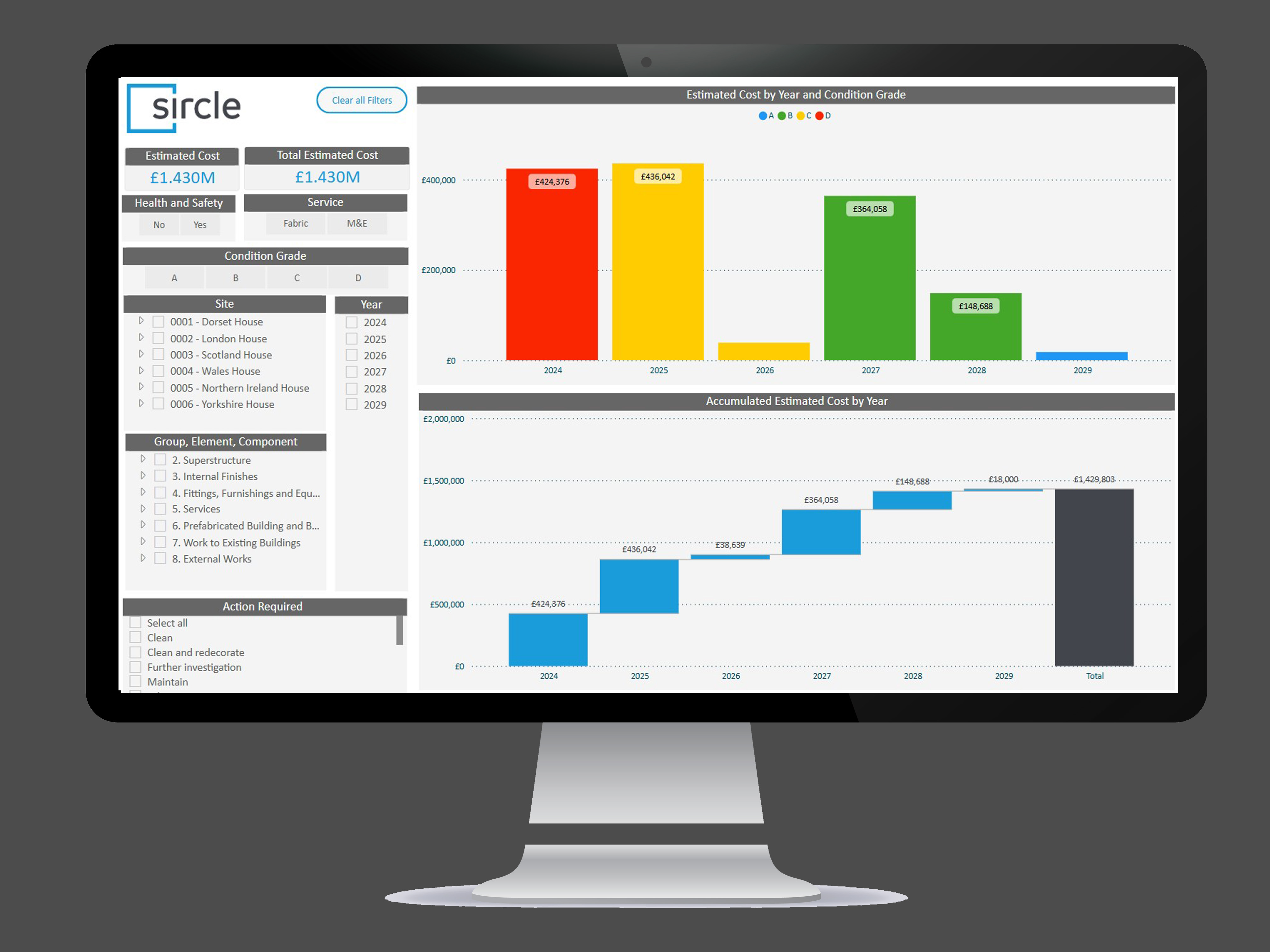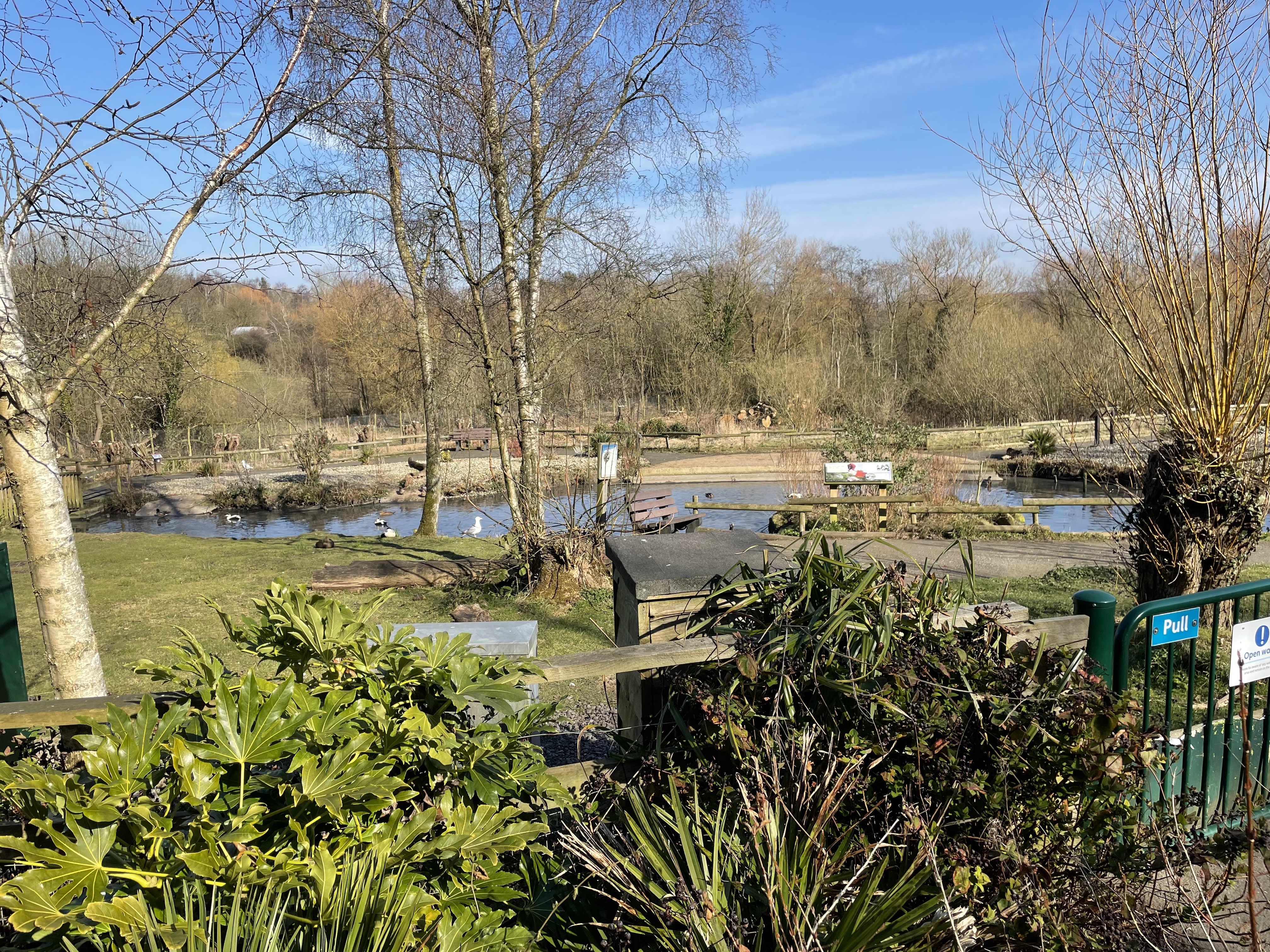
Information’s role in the great PFI handback challenge
Press Release version of article published in BIM PLUS– November 2024 As hundreds of the UK’s PFI contracts approach their expiry…

A Planned Preventative Maintenance (PPM) survey, also known as a Lifecycle survey, involves a comprehensive assessment of a building’s condition, which includes both fabric and mechanical and electrical (M&E) elements.
These surveys are crucial for building owners and occupiers. It helps identify potential issues before they become critical, allowing for proactive maintenance and repairs, that maximise the asset’s lifespan. Additionally, they assist in formulating investment strategies that outline necessary works, indicative costs and timing for repairs or replacements.

At Sircle, our Building Surveying team have the experience to ensure a detailed PPM survey is undertaken. We will guide our clients through the survey process and present the output so the information can be used most effectively.
Sircle also has effective bespoke report and data dashboard outputs, allowing our clients to access the information they require quickly and in a user-friendly format. We will also use our developed interconnected imagery to ensure our clients understand the true descriptive maintenance items.
In this video, learn how the PPM surveys we carried out at WWT gave them the insight needed to clearly forecast their budgets for the next five years.

Data includes the breakdown of the indicative inclusive costs for each year to address the condition-related matters set out within the report.

A photo taken during a recent PPM survey at WWT Washington.

Here is another photo that was taken during a PPM survey at WWT Washington- a really beautiful place.
Regular maintenance and lifecycle planning help reduce unexpected breakdowns, extend asset lifespan, improve safety, and ensure compliance with regulations. It also allows for better budgeting by forecasting future maintenance costs.
The PPM building survey process involves the following steps:
PPM building surveys are typically conducted every five years (quinquennially), although the optimal frequency may vary based on several factors, including:
A PPM / Lifecycle survey is ideal for property owners, facility managers, commercial landlords, and organisations responsible for maintaining buildings, infrastructure, and equipment.
